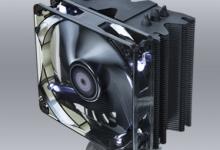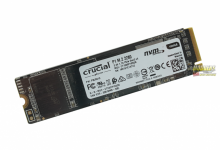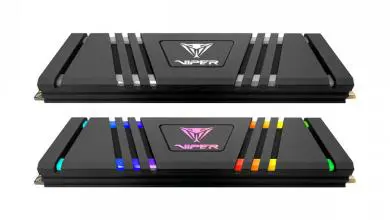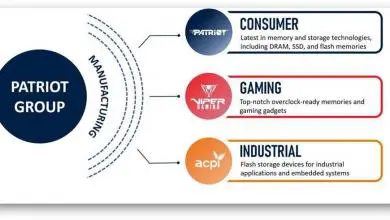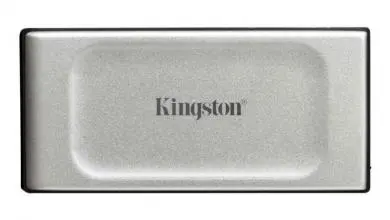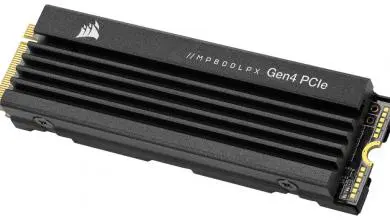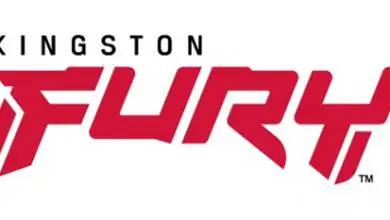Kingston HyperX Predator PCIe SSD
Final Thoughts on the Kingston HyperX Predator
First up, a little explanation as to why I included both a traditional SATA SSD and a M.2 SSD in this review. The reason is two fold, number 1 of course is to show the performance of the Kingston HyperX Predator PCIe SSD and the second is to show how the different technologies for storage are progressing; so I included a standard SATA 6g/s drive, a M.2 drive and the PCIe drive from Kingston. Granted the Kingston drive is M.2 as well but the major difference between the Kingston and Plextor drives is the PCIe lanes the drive can use. The Plextor drive can only use two lanes where as the Kingston drive can use four.
Over the last few decades, we have been witness to some pretty amazing technology changes in the PC industry. I cannot explain the exact reasons why I get a little excited when new storage technology is actually released into the hands of the consumer. It can be a nice big fat RAID array, USB 3.0 drives, or SSDs. The Kingston HyperX Predator makes use of all four lanes of PCIe available to deliver over 1400MB/s read speeds and over 1000MB/s write speeds in some cases.
T
The cost of the Kingston HyperX Predator 480 GB at the time of this writing is $494.99 on Newegg. This puts the cost per GB at around $1.03. This is a little higher than non-sale SSD pricing but very close to other PCIe SSD drives on the market however, very few can are x4 capable and thus cannot match the speeds of the Kingston HyperX Predator PCIe SSD.
Over the course of the last month I used this drive as my primary OS drive in my PC. The perceived step up in performance was noticeable in certain areas. Where I saw the biggest improvements is loading applications such as Photoshop and the time it takes to load up a game or a map in a game. More than once I thought to myself, well that was fast. While I do not have any empirical data, the reduction in load times was significant enough for me to tell a difference.
[sc:must_have_award ]
